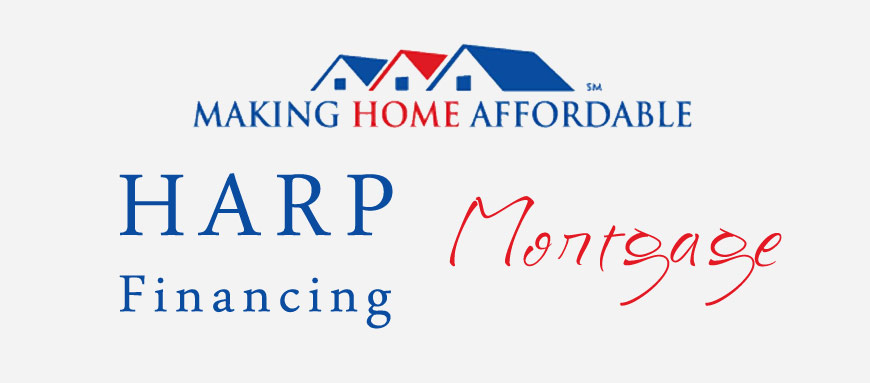Table of ContentsThe 9-Second Trick For How Long Are Most MortgagesThe Greatest Guide To Who Offers Interest Only MortgagesSome Known Questions About How Do 2nd Mortgages Work.Little Known Questions About Which Type Of Interest Is Calculated On Home Mortgages?.Little Known Questions About Which Type Of Organization Does Not Provide Home Mortgages?.
A home loan is likely to be the largest, longest-term loan you'll ever take out, to purchase the biggest property you'll ever own your home. The more you understand about how a mortgage works, the better choice will be to choose the mortgage that's right for you. In this guide, we will cover: A home mortgage is a loan from a bank or lending institution to help you finance the purchase of a home.
The home is utilized as "security." That suggests if you break the pledge to pay back at the terms established on your home mortgage note, the bank can foreclose on your home. Your loan does not become a mortgage up until it is connected as a lien to your home, indicating your ownership of the home becomes based on you paying your brand-new loan on time at the terms you accepted.
The promissory note, or "note" as it is more commonly identified, describes how you will pay back the loan, with information including the: Rates of interest Loan quantity Regard to the loan (30 years or 15 years prevail examples) When the loan is thought about late What the principal and interest payment is.
The home loan essentially provides the lender the right to take ownership of the property and offer it if you don't make payments at the terms you agreed to on the note. The majority of home mortgages are arrangements between 2 celebrations you and the lending institution. In some states, a 3rd person, called a trustee, may be contributed to your mortgage through a file called a deed of trust.
Excitement About What To Know About Mortgages
PITI is an acronym lending institutions utilize to describe the various parts that make up your month-to-month mortgage payment. It represents Principal, Interest, Taxes and Insurance coverage. In the early years of your mortgage, interest comprises a majority of your overall payment, however as time goes on, you begin paying more primary than interest up until the loan is paid off.
This schedule will show you how your loan balance drops over time, along with how much principal you're paying versus interest. Property buyers have a number of choices when it comes to selecting a home loan, but these choices tend to fall into the following 3 headings. Among your first decisions is whether you desire a fixed- or adjustable-rate loan.
In a fixed-rate home mortgage, the interest rate is set when you take out the loan and will not alter over the life of the home mortgage. Fixed-rate mortgages provide stability in your home mortgage payments. In an adjustable-rate home mortgage, the interest rate you pay is connected to an index and a margin.
The index is a measure of global interest rates. The most frequently utilized are the one-year-constant-maturity Treasury securities, the Expense of Funds Index (COFI), and the London Interbank Offer Rate (LIBOR). These indexes make up the variable element of your ARM, and can increase or decrease depending on factors such as how the economy is doing, and whether the Federal Reserve is increasing or reducing rates.

The Of What Does Arm Mean In Mortgages
After your preliminary set rate period ends, the lender will take the present index and the margin to compute your new interest rate. The amount will change based on the modification duration you selected with your adjustable rate. with a 5/1 ARM, for example, the 5 represents the variety of years your initial rate is fixed and won't alter, while the 1 represents how often your rate can adjust after the fixed duration is over so every year after the 5th year, your rate can change based on what the index rate is plus the margin.
That can mean considerably lower payments in the early years of your loan. However, bear in mind that your situation might change prior to the rate modification. If rate of interest rise, the value of your residential or commercial https://www.liveinternet.ru/users/tirlewb1kw/post473963395/ property falls or your financial condition changes, you may not be able to offer the house, and you might have problem paying based upon a higher rates of interest.
While the 30-year loan is typically chosen due to the fact that it offers the most affordable regular monthly payment, there are terms ranging from ten years to even 40 years. Rates on 30-year home mortgages are higher than shorter term loans like 15-year loans. Over the life of a much shorter term loan like a 15-year or 10-year loan, you'll pay substantially less interest.

You'll likewise require to decide whether you want a government-backed or traditional loan. These loans are insured by the federal government. FHA loans are facilitated by the Department of Real Estate and Urban Advancement (HUD). They're created to help first-time homebuyers and individuals with low incomes or little savings afford a home.
Indicators on How Do Banks Make Money On Reverse Mortgages You Should Know
The disadvantage of FHA loans is that they need an upfront home mortgage insurance cost and month-to-month home loan insurance coverage payments for all purchasers, no matter your deposit. And, unlike traditional loans, the home loan insurance coverage can not be canceled, unless you made at least a 10% deposit when you secured the original FHA home mortgage.
HUD has a searchable database where you can find lenders in your area that provide FHA loans. The U.S. Department of Veterans Affairs provides a mortgage program for military service members and their households. The benefit of VA loans is that they may not need a deposit or home mortgage insurance.
The United States Department of Farming (USDA) provides a loan program for property buyers in rural locations who satisfy specific earnings requirements. Their property eligibility map can offer you a general idea of qualified areas. USDA loans do not require a deposit or continuous mortgage insurance, however borrowers should pay an in advance fee, which presently stands at 1% of the purchase price; that fee can be funded with the mortgage.
A traditional home mortgage is a house loan that isn't guaranteed or insured by the federal government and conforms to the loan limits set forth by Fannie Mae and Freddie Mac. For customers with greater credit history and stable income, traditional loans typically lead to the most affordable regular monthly payments. Typically, conventional loans have required larger down payments than the majority of federally backed loans, however the Fannie Mae HomeReady and Freddie Mac HomePossible loan programs now provide borrowers a 3% down alternative which is lower than the 3.5% minimum needed by FHA loans.
The Buzz on What Is The Interest Rate On Mortgages Today
Fannie Mae and Freddie Mac are federal government sponsored enterprises (GSEs) that purchase and sell mortgage-backed securities. Conforming loans fulfill GSE underwriting guidelines and fall within their optimum loan limits. For a single-family house, the loan limit is presently $484,350 for a lot of houses in the adjoining states, the District of Columbia and Puerto Rico, and $726,525 for houses in greater cost locations, like Alaska, Hawaii and several U - reverse mortgages how they work.S.
You can search for your county's limits here. Jumbo loans might likewise be referred to as nonconforming loans. Put simply, jumbo loans go beyond the loan limitations developed by Fannie Mae and Freddie Mac. Due to their size, jumbo loans represent a higher threat for the lender, so debtors need to generally have strong credit report and make bigger deposits.